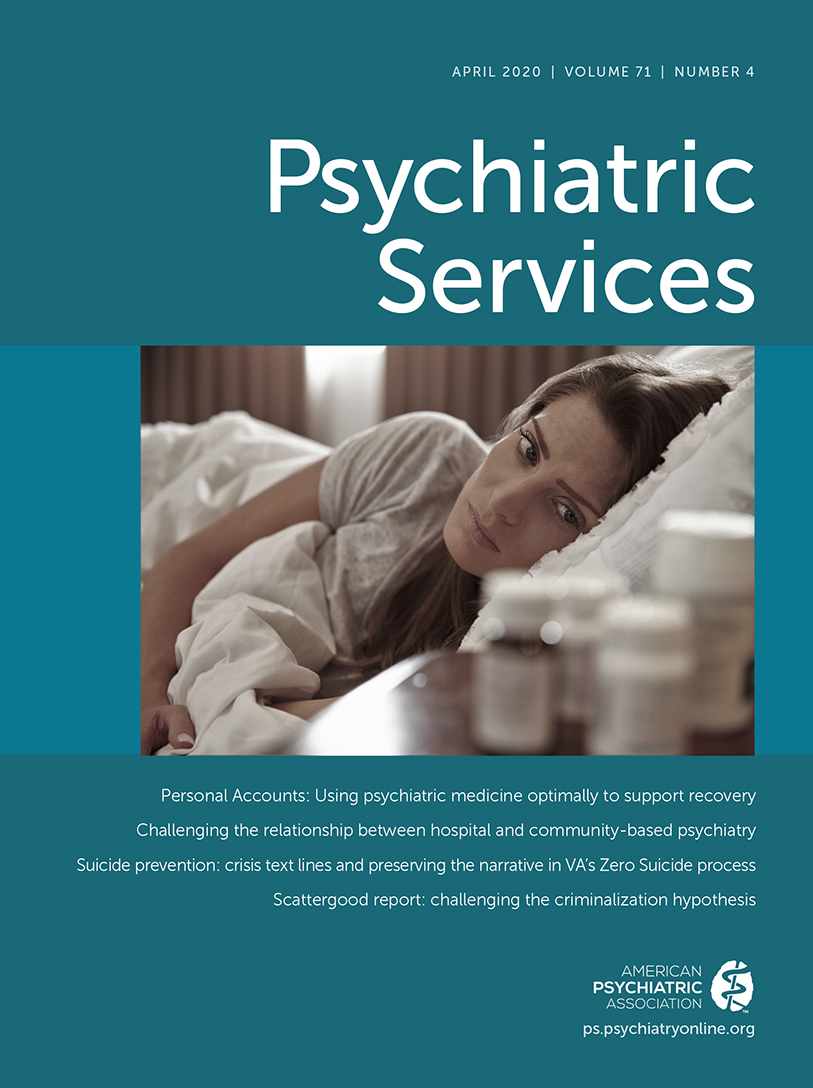Engagement With Crisis Text Line Among Subgroups of Users Who Reported Suicidality
Abstract
Objective:
Despite the interest in technology-enhanced preventive interventions for suicidality, there is minimal peer-reviewed research on conversations of text message hotlines. In this large-scale study, the authors explored distinct classes of users of the Crisis Text Line who reported suicidality. Classes were based on texters’ presenting psychosocial issues and were explored across frequency of hotline use and conversation number.
Methods:
Data included 153,514 conversations from 122,909 individuals collected by the Crisis Text Line (2013–2017). Analyses were restricted to conversations from users who mentioned current or previous suicidality and excluded texters who discussed a third party. The authors used latent class analysis to identify distinct classes of texters on the basis of crisis counselor–assigned issue tags and across subgroups reflecting whether the conversation was the first or last contact with the hotline and frequency of use (one-time, two-time, or ≥3-time texters).
Results:
Three classes emerged in all subsamples. The largest class, “lower distress,” had the lowest prevalence of all issues. The second largest class, “anxious distress,” had the highest prevalence of anxiety or stress and elevated depression. The smallest class, “relational distress,” had the highest prevalence of depression and self-harm and higher probability of endorsing relational indicators.
Conclusions:
Psychological and relational issues mostly distinguished the three classes. Despite differing frequency of hotline usage, most texters who reported suicidal ideation and behaviors endorsed similar issues, and these issues did not seem to vary across conversations. Yet there appeared to be distinct subgroups of texters with different presenting issues, which may inform how crisis counselors tailor strategies for both low- and high-volume texters.



